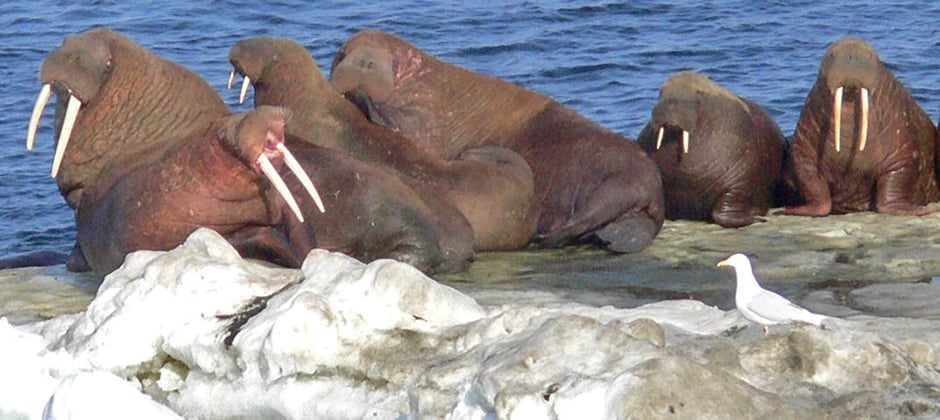Share this article
Watch: AI predicts long-term sea ice changes
Traditional models predict Arctic sea ice levels well over a few weeks, but long-range forecasting is a challenge. But researchers say a new tool using artificial intelligence may be far more accurate—and much faster. IceNET was developed by the British Antarctic Survey. Developers say it is 95% accurate in forecasting two months ahead and runs 2,000 times faster than current models, producing a forecast in under 10 seconds on a laptop. They reported their findings in Nature Communications.
Researchers say the system is surprisingly accurate even at predicting unusual highs and lows up to four months in advance. The advance notice could give scientists more time to prepare for the risks of wildfires or wildlife conflicts and help Indigenous communities make decisions. For example, when thousands of walruses (Odobenus rosmarus) head to land after the sea ice disappears each year, humans can trigger stampedes that are deadly for both humans and walruses.
Arctic sea ice has continued to decline since satellite records began in 1979.
Read more in Science News, and watch a visualization of how sea ice has changed since 1979 below.
Header Image: Walruses gather on Arctic sea ice on the Bering Sea. Credit: Liz Labunski/USFWS








